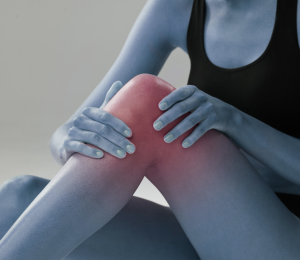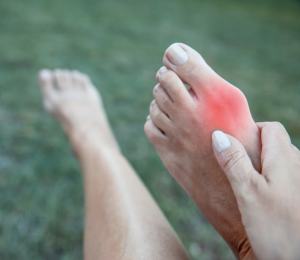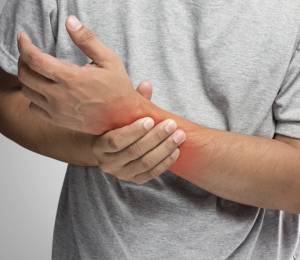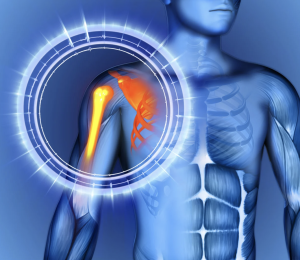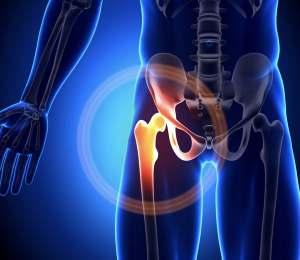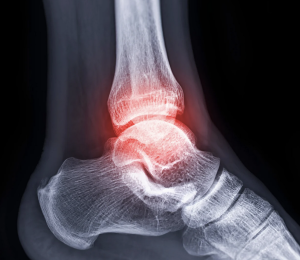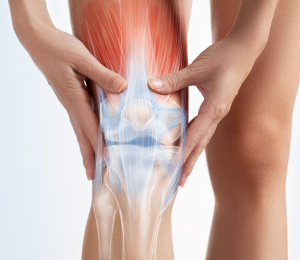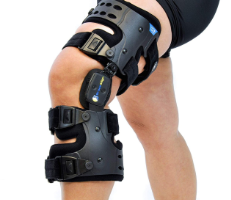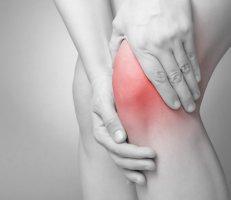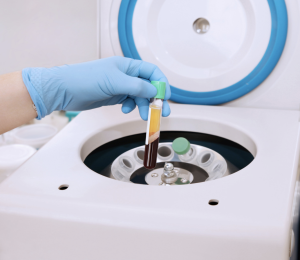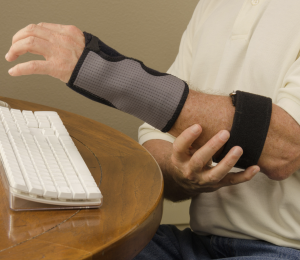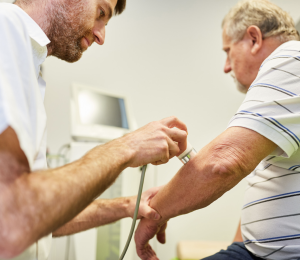What is Platelet-Rich Plasma?
You may have heard of platelet-rich plasma (PRP) after famous athletes such as Tiger Woods received this therapy to treat sports injuries. PRP is a concentrated solution of platelets that comes from your own blood.
Platelets may be best known for their role in forming blood clots to stop bleeding. However, these natural components in your blood also contain growth factors that promote healing in your body.
How Does PRP Work to Heal Injuries?
When you receive PRP therapy, your expert provider at Commonwealth Orthopaedic Associates first draws a small amount of blood from your arm. Then, they process the blood in a centrifuge to isolate the PRP.
The concentration of healing growth factors in PRP is about 5-10 times more than what’s typically found in your blood. When your provider re-injects PRP into your injury site, the growth factors accelerate your body’s natural healing process.
PRP therapy relieves pain, reduces inflammation, and stimulates the growth of healthy new tissue. This treatment may help you avoid a surgical procedure and/or reduce or eliminate the need for medication.
What Conditions Can PRP Treat?
The team at Commonwealth Orthopaedic Associates uses PRP therapy to speed up the healing process for many different injuries. However, this treatment isn’t always appropriate.
Conditions that may respond well to PRP therapy include:
- Knee arthritis
- Chronic tendon injuries such as tennis elbow
- Acute ligament and muscle injuries
They may also use PRP therapy to help your body heal after certain types of surgery, such as a procedure to repair a torn tendon.
What Should I Expect from PRP Therapy?
Since PRP comes from your own body, it carries little to no risk of negative side effects. You may experience increased tenderness at the injection site after your treatment, but the risk of infection, tissue damage, or other complications is minimal.
PRP doesn’t offer instant pain relief, but you should notice an improvement in your condition as the tissues heal over the course of several weeks.
To find out if PRP therapy is right for you, call Commonwealth Orthopaedic Associates or book an appointment online today.


